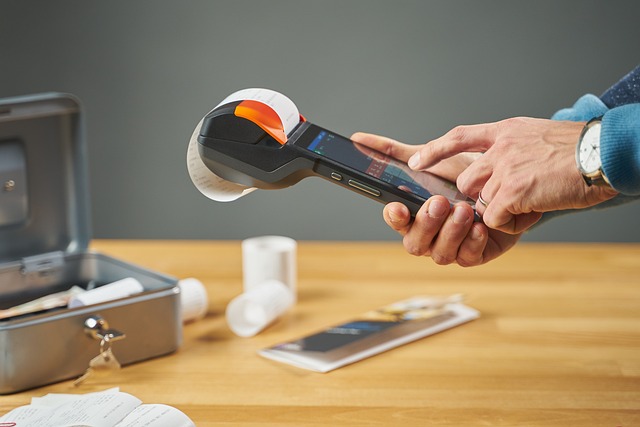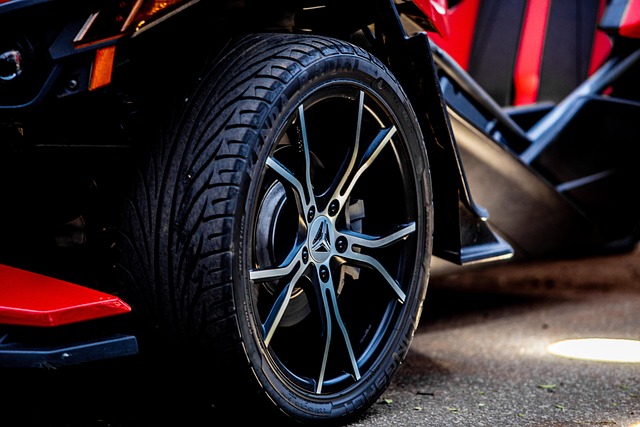The car title loan inspection process involves digital assessments via photos or physical examinations to evaluate vehicle condition and market value in San Antonio, streamlining loan applications and decision-making. Trained professionals scrutinize vehicles for damage, wear, and safety concerns, protecting borrowers and lenders by accurately representing conditions, mitigating risks, and facilitating informed choices between remote photo inspections (swift but limited) and physical examinations (more thorough but resource-intensive).
When applying for a car title loan, understanding the evaluation methods is crucial. Traditional physical inspections involve an expert assessing your vehicle’s condition, while modern alternatives utilize detailed vehicle photos. This article explores these contrasting approaches. We weigh the benefits and drawbacks of each, highlighting how vehicle photos provide convenience and speed, whereas physical inspections offer a thorough examination. By delving into these methods, borrowers can make informed decisions regarding their car title loan inspection process.
- Understanding the Vehicle Photos for Title Loans
- The Role of Physical Inspection in Car Title Loan Process
- Comparing Approaches: Pros and Cons of Each Method
Understanding the Vehicle Photos for Title Loans

When it comes to car title loans, the inspection process plays a crucial role. One of the initial steps involves evaluating your vehicle through photos. This digital assessment is an efficient way to determine the overall condition and value of your car in San Antonio loans. Lenders will use these images to assess the vehicle equity, ensuring that the loan payoff aligns with the car’s current market worth.
The photo inspection process streamlines the loan application, enabling lenders to make informed decisions quickly. It’s a modern twist on traditional inspections, eliminating the need for an in-person visit while still providing a comprehensive overview of your vehicle’s condition.
The Role of Physical Inspection in Car Title Loan Process

When applying for a car title loan, many borrowers wonder about the importance of a physical inspection. This crucial step is an integral part of the loan approval process, serving as a comprehensive assessment of your vehicle’s condition. During this inspection, a trained professional evaluates various factors beyond what a simple photo can capture. They check for signs of damage, wear and tear, and potential safety hazards, ensuring that the car retains its value and meets the lender’s standards.
A physical inspection provides a more accurate representation of the vehicle’s state, which is essential when considering emergency funding or repayment options like flexible payment plans. It allows lenders to mitigate risks, as they can identify hidden issues that might affect the car’s resale value later. This process is designed to benefit both parties, ensuring borrowers secure the best terms and lenders make informed decisions based on a thorough evaluation of the collateral.
Comparing Approaches: Pros and Cons of Each Method

When it comes to securing a car title loan, two primary approaches dominate the inspection process: relying on vehicle photos versus conducting a physical examination. Each method has its advantages and drawbacks, influencing how quickly and efficiently lenders can approve loans, as well as the overall accuracy of the assessment.
Using vehicle photos allows for a remote evaluation, enabling lenders to review images from the comfort of their offices. This approach streamlines the initial screening process, making it particularly convenient for both lenders and borrowers, especially in areas with limited physical inspection facilities. However, assessing a car’s condition solely through pictures can be challenging, as subtle defects or unique features may not translate accurately. In contrast, a physical car title loan inspection process offers a more comprehensive evaluation, allowing experts to inspect the vehicle up close, consider its overall condition, and verify its authenticity, thereby reducing the risk of fraud. Yet, this method requires more time and resources, as it necessitates transporting the vehicle or arranging for an on-site visit.
When considering a car title loan, understanding the evaluation methods is key. While vehicle photos provide a quick digital assessment, they lack the depth of a physical inspection. In-person evaluations ensure a comprehensive look at the car’s condition, offering a more accurate representation for lenders and borrowers alike. Ultimately, the car title loan inspection process benefits from combining these approaches to create a secure and transparent borrowing experience.






